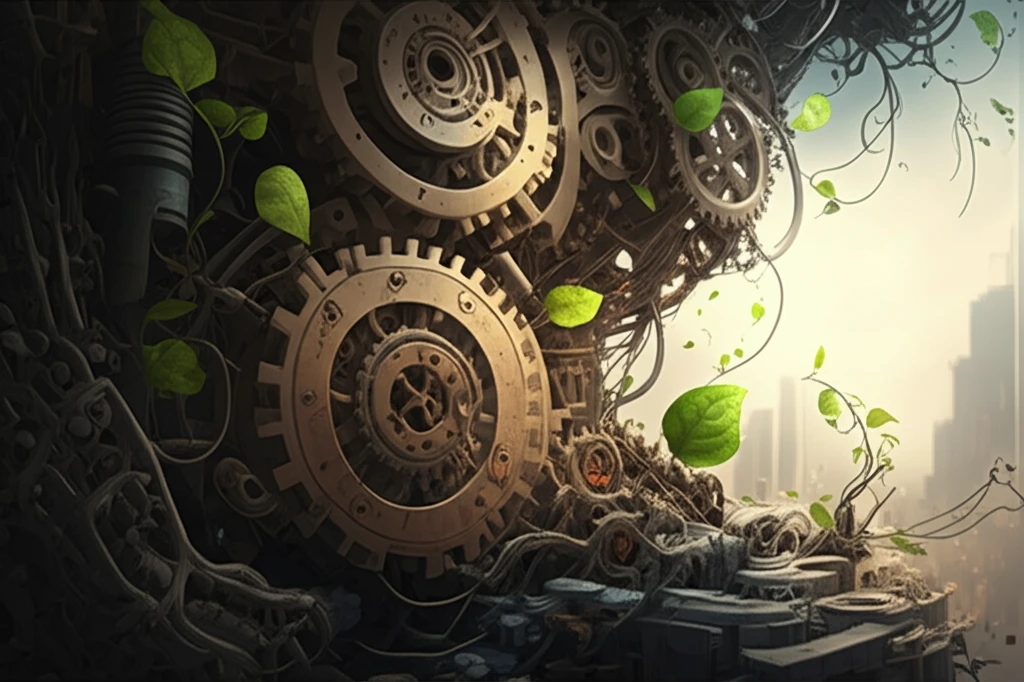
Unlocking the Bioeconomy: How Sustainable Innovation Can Fuel Economic Growth
"A deep dive into the concepts, methods, and limitations of measuring the bioeconomy, revealing pathways to unlock its full potential."
In an era defined by the urgent need for sustainable economic solutions, the bioeconomy has emerged as a beacon of hope, promising to reshape how we produce, consume, and interact with our planet’s resources. But what exactly is the bioeconomy, and how do we measure its impact? As nations worldwide grapple with charting a course toward sustainability, understanding the bioeconomy's potential—and its limitations—is more critical than ever.
At its core, the bioeconomy encompasses all economic activities derived from biological resources, their functions, and principles. It spans a vast landscape, from agriculture, forestry, and fisheries to industrial sectors leveraging biological processes for food, feed, bio-based products, energy, and services. This holistic approach promises a shift away from finite fossil resources to renewable biological inputs, offering a pathway to mitigate climate change, enhance resource efficiency, and foster economic resilience.
However, measuring the bioeconomy's contribution to national economies remains a complex endeavor, fraught with challenges. A lack of universally accepted definitions, coupled with difficulties in data collection and methodological inconsistencies, has hindered accurate assessment and comparison across countries. To truly unlock the bioeconomy's potential, we must first understand how to measure it effectively.
Deciphering the Bioeconomy: From Biomass to Biosphere

The bioeconomy isn't just one thing; it’s a multifaceted concept with various interpretations. To understand its true scope, it’s helpful to break it down into three core components:
- Biomass-Based Bioeconomy (BmBB): This focuses on the primary input – biomass. That can be derived from anything that has been produced from agriculture, livestock and forestry, for example.
- Biotechnology-Based Bioeconomy (BtBB): This centres on innovation and knowledge for raw materials. Examples include Genetic engineering, molecular biology, bioinformatics, and synthetic biology
- Biosphere-Based Bioeconomy (BsBB): The bioeconomy that has a broad and more integrative scope. With the focus on the earth and its eco-systems, the BmBB can facilitate maintaining and developing all biodiversity for a more holistic bioeconomy.
The Future of Bioeconomy Measurement: A Call to Action
The bioeconomy holds immense promise for a sustainable future, but realizing its full potential requires a concerted effort to improve how we measure and understand its impact. By embracing holistic approaches, addressing data gaps, and fostering interdisciplinary collaboration, we can unlock the bioeconomy's transformative power and pave the way for a more resilient and prosperous world.
